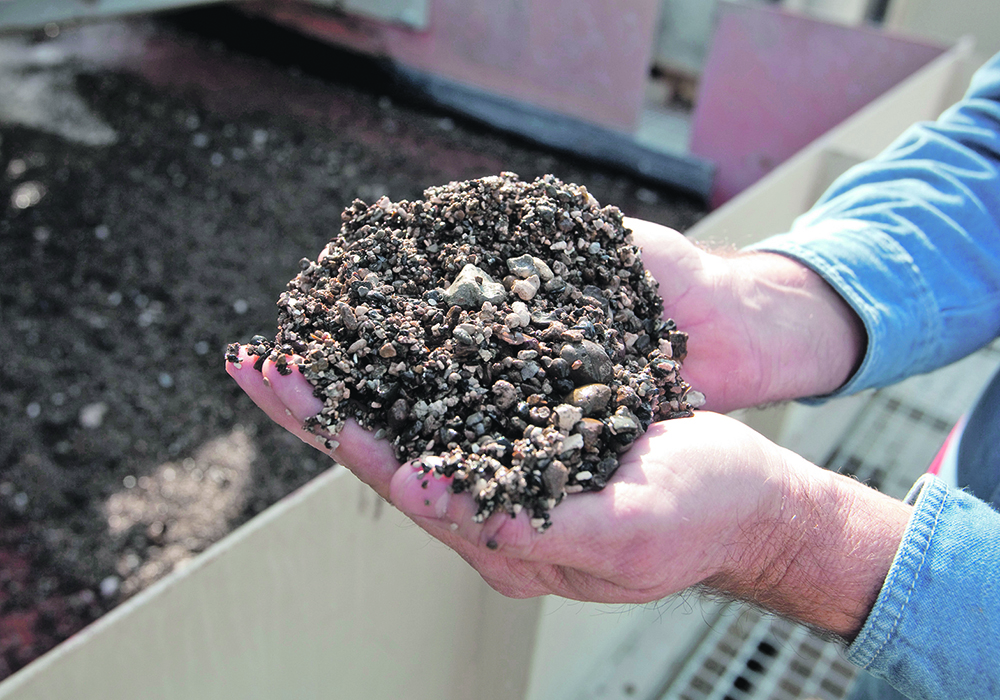A market analyst isn’t as sure about the company’s demand forecast, pointing to cautious producers and some crop prices that remain weak
Phosphate fertilizer prices are on the rise due to strong demand and a curtailment in production, according to one of the world’s largest producers of the product.
Joc O’Rourke, president of the Mosaic Co., told investment analysts during a recent conference call that several factors have brought the phosphate market back into better balance.
“We are in the peak spring season in the Northern Hemisphere and demand is running high,” he said.
“In fact, our retail customers are reporting that demand is outpacing even their high expectations.”
Read Also

Critical growing season is ahead for soybeans
What the weather turns out to be in the United States is going to have a significant impact on Canadian producers’ prices
O’Rourke said April shipments were robust and prices are responding. Prices for diammonium phosphate (DAP) in the U.S. Midwest are up US$36 per tonne from the beginning of the year.
He noted that inventories across the supply channel are low for the first time in a couple of years, and tonnes on barges are down 80 percent compared to a year ago.
“We’re refilling warehouses quickly to meet very strong, fast-paced spring demand in North America, driven in part by high application rates to replenish nutrient-depleted soils,” said O’Rourke.
Bryce Knorr, contributing market analyst with Farm Futures Magazine, doesn’t see the same rosy outlook for phosphate.
“Production capacity continues to drop, suggesting soft demand,” he said in an email.
“Nitrogen prices, which figure into the cost of phosphate products, are also continuing to trend lower.”
Knorr said he isn’t seeing the same robust North American demand for the product that Mosaic is portraying.
“There still seems to be a great deal of caution among end users and weak crop prices aren’t helping,” he said.
WY Capital appears to be more in the Mosaic camp with its assessment of phosphate prices. It noted that DAP prices went up $28 per tonne between March and April.
“We believe phosphate markets should rebound longer term, though this may only begin after the coronavirus outbreak,” the analyst said in an article posted on the Seeking Alpha website.
“Current prices are near multi-year lows and many producers are barely breaking even at current prices. There is no incentive to add to the supply on the market, so we believe there is a good chance that prices should rebound eventually.”
O’Rourke said production by competitors is down by more than 500,000 tonnes compared to last year due to COVID-19 and unrelated operational issues. That number does not include China.
Chinese exports are down almost 500,000 tonnes compared to a year ago, although the country is expected to make up some of those tonnes in the second half of the year.
“Phosphate imports into North America are down year-over-year by approximately 250,000 tonnes through April,” he said.
Knorr agreed that Chinese exports are way down, but that is because production plants were forced to close due to COVID-19 restrictions.
“They’re reopening, which could put more product on the market this summer,” he said.
However, O’Rourke expects the phosphate market to continue strengthening through 2020 and into 2021 following a good spring season.
“The spring in North America is shaping up to be the best in several years,” he said.


















